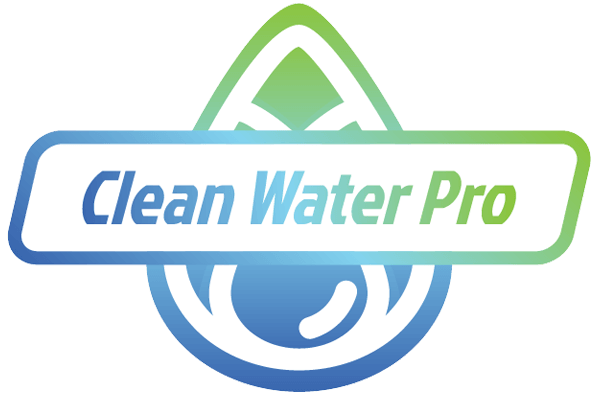We often have individuals call in inquiring about the steps to treat an algal bloom when in reality, they have issues with duckweed. This misconception is a common mistake since distinguishing them from one another can be difficult without previous knowledge. This post aims to alleviate some of the confusion and help identify duckweed and algae in the future.
What is Duckweed?
Duckweed is a small circular plant that resides on the surface of stagnant or slow-moving water. They are free-floating plants, meaning they do not grow from the bottom of the pond. Rather, they often grow together, forming dense mats of green aquatic vegetation.
At first glance, duckweed can resemble an algal bloom due to their similar colouring and free-floating nature.
Both algae and duckweed thrive in warm water bodies with limited motion and high levels of nutrients such as phosphorus or nitrogen. Both duckweed and algae are often present in the same water body.
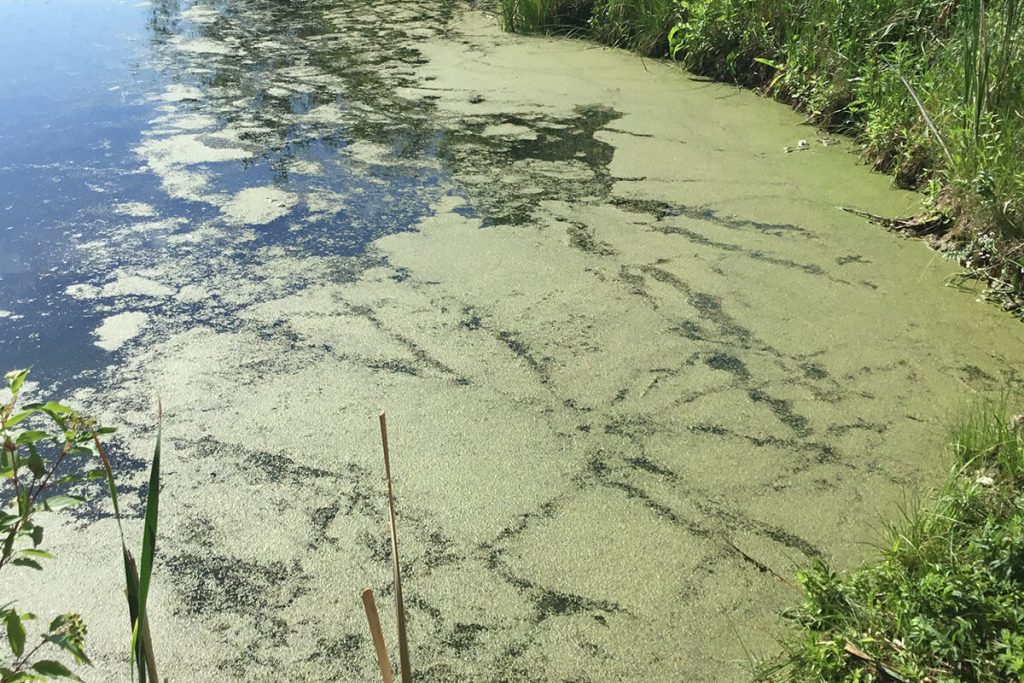
How to Distinguish Duckweed from Algae
Simply place your hand into the water body containing the unknown species to distinguish the two. Duckweed will separate if disturbed, while algae will often stay clumped together.
In some cases, algae will break apart when disturbed but often sink down the water column. On the other hand, duckweed will continue to float on the top of the water body.
Duckweed has been used as a natural water clarifier as it can take up carbon, nitrogen, phosphorus, pathogens, and toxins. Although this provides a short-term solution for water bodies, all the nutrients are released back into the pond once the duckweed dies.
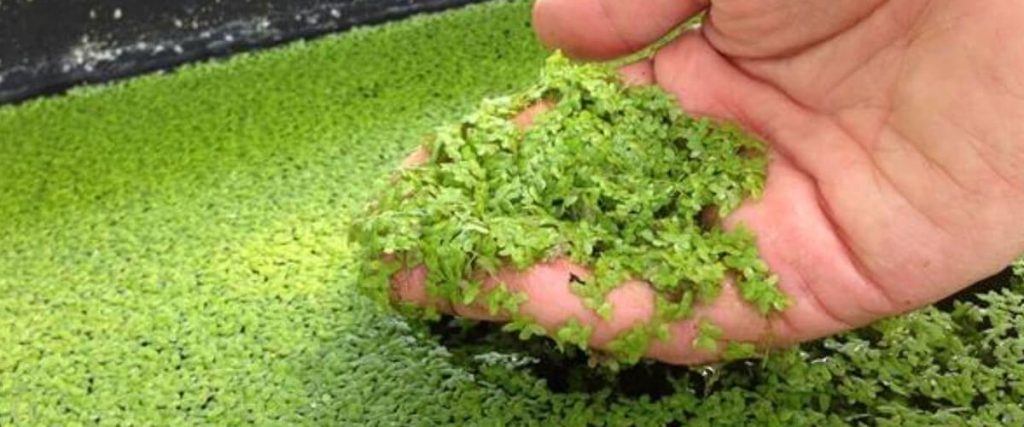
Duckweed has been harvested to alleviate this issue, but it must be disposed of properly to disallow nutrients from being reintroduced into water bodies. However, physically removing duckweed is quite time-consuming and difficult to stay on top of as it grows relatively quickly. As such, it has proven to be a challenging plant to maintain and control once it has bloomed.
Algal growth in a pond has both positive and negative elements. The primary or bottom trophic level in an ecosystem includes planktonic algae. Many higher trophic-level species benefit from the presence of algae in ponds.
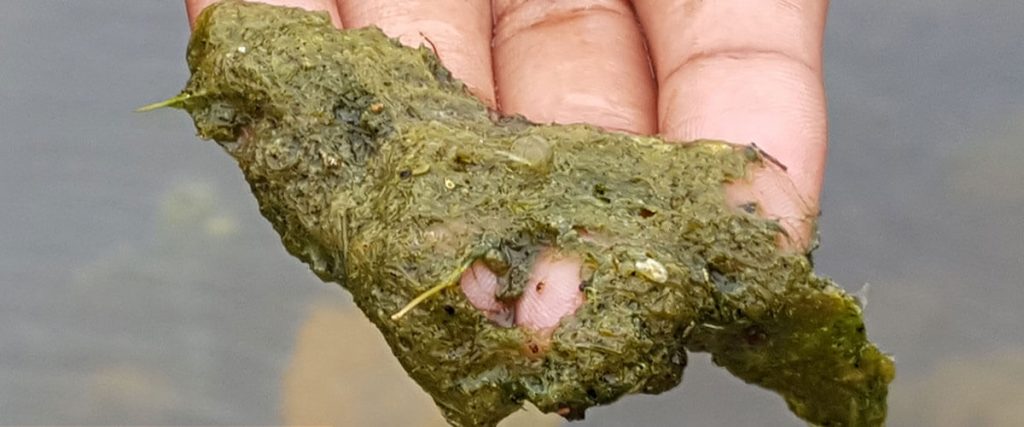
Issues arise when there are large algae blooms, which tend to decrease the dissolved oxygen level in the pond. Since algae is a plant, it requires oxygen at night, as photosynthesis cannot occur without sunlight. If the dissolved oxygen levels get too low, it can affect aquatic life such as fish.
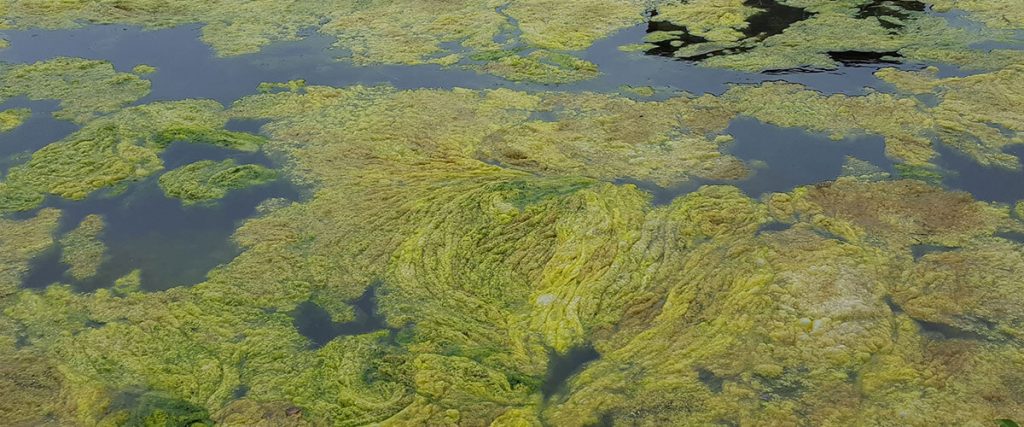
How to Reduce and Prevent Unwanted Growth
Adding water aeration to your pond or water body can help duckweed and algae. The oxygen bubbles from the aeration device will disturb the water’s surface, creating an environment where duckweed cannot thrive. Algae require carbon dioxide to flourish, so aeration prevents algae blooms.
Additionally, aeration can assist in the decomposition process of algae when it eventually dies naturally or otherwise. Fish and aquatic life also benefit from increased dissolved oxygen over the summer season, which an aeration system can provide. You can read more about dissolved oxygen and water aeration in our blog, “Why is Dissolved Oxygen Important for Ponds, Lakes, and Dugouts?”.
Floating fountains, in combination with aeration, can be beneficial. The movement disrupts the weeds, and the dissolved oxygen reduces the nutrient load, which helps diminish duckweed and algae.
Nutrient load in the pond also impacts duckweed growth, so in combination with the aeration methods, beneficial bacteria need to be applied to bring down the nutrient levels.
Lastly, opening up the area around the pond, especially if it is enclosed with cattails or other bushes or trees, can help the wind get at the pond to disturb the water.
At first glance, algae and duckweed can be quite difficult to distinguish as they have several similar features. However, we hope this post has alleviated some confusion and highlighted their defining differences.
If you have any further questions, feel free to contact us, and one of our water experts will reach out!
